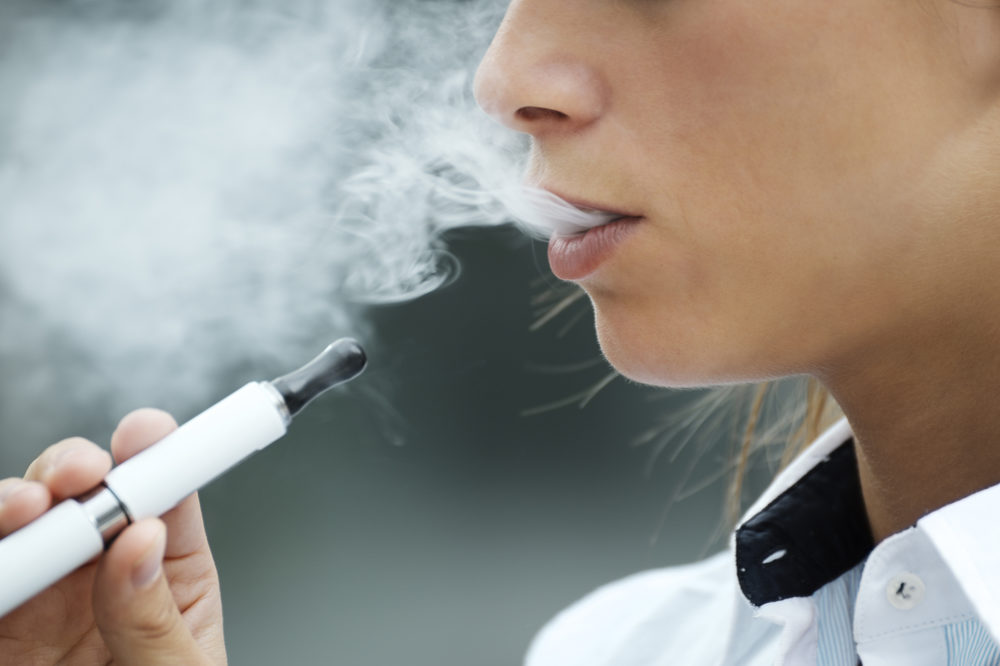Vaping May Cause Lung Damage In One-Third of Users: Study

Side effects of vaping may leave one-third of people with symptoms consistent with lung damage, according to the findings of a new study that adds to the growing concerns about the health risks associated with e-cigarettes, which have become increasingly popular among teens and young adults.
Researchers from Northwestern University report more than half of those who vape say they have experienced multiple health problems linked to using e-cigarettes, in a report that analyzed a survey of 1,400 people who vaped in 2016. Participants reported the specific devices and products they used when they vaped, and also the symptoms they experienced after vaping.
More than 30% of participants said they experienced at least one symptom of e-cigarette vaping associated lung injury (EVALI); a condition linked to an outbreak which began in 2019. The most common symptoms participants experienced were cough and nausea. In addition, 55% of the study participants reported experiencing more than one symptom of EVALI.

Did You Know?
Change Healthcare Data Breach Impacts Millions of Customers
A massive Change Healthcare data breach exposed the names, social security numbers, medical and personal information of potentially 100 million Americans, which have now been released on the dark web. Lawsuits are being pursued to obtain financial compensation.
Learn MoreThe EVALI outbreak has sickened nearly 3,000 people, causing 68 deaths across 29 states. The condition is characterized by severe respiratory symptoms experienced after vaping. Symptoms of EVALI include cough, shortness of breath, nausea, stomach pain and chest pain.
Participants were 70% more likely to report EVALI-like symptoms if they used vaping devices which are refilled by pouring more e-liquid. Furthermore, participants were 95% more likely to report symptoms if they used devices with refillable cartridges. Additionally, participants were 71% more likely to have symptoms if they used flavored e-cigarettes.
Data from the new study indicates participants are also 40% more likely to have symptoms if they mixed their own e-liquids.
The findings suggest part of the problem comes from using unregulated ingredients and untested devices to vape. Researchers say stricter regulations are needed for e-cigarettes, including what devices are allowed on the market and what types of e-liquids, and their ingredients, can be sold.
Researchers also note that while EVALI symptoms could be related to vaping products containing THC or vitamin E, as discovered during the EVALI outbreak, it can also be linked to many e-cigarette products and liquids.
The findings were scheduled to be presented at an online meeting of the American Heart Association November 13 to 17. Research presented at meetings is considered preliminary until published in a peer-reviewed medical journal.






0 Comments